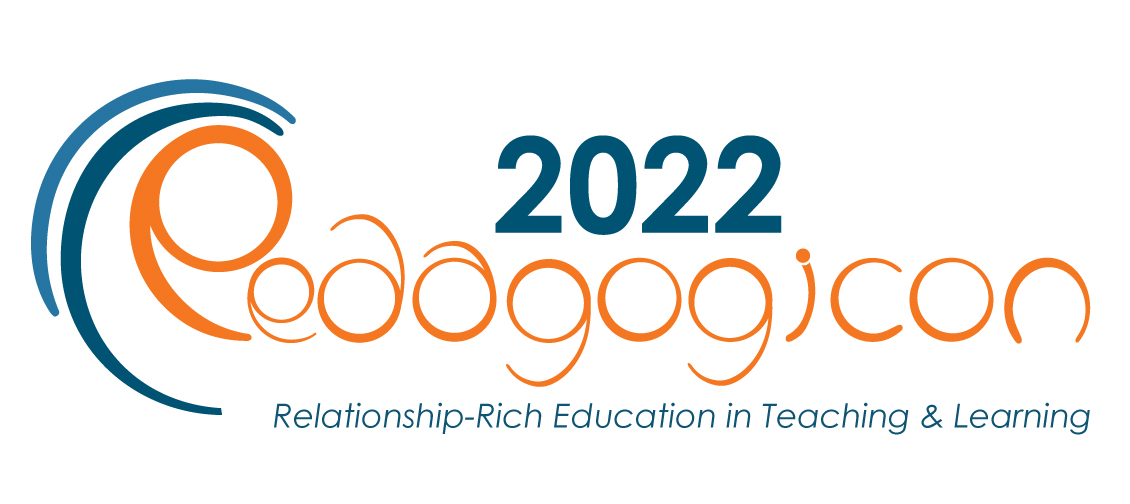Publication Date
2023
Abstract
Humanizing teaching supports the affective and cognitive dimensions of learning. The concept often is used in online education, but it is necessary for any modality to build a learning environment that is relationship-rich. This article discusses the principles and elements of humanized learning, helpful theoretical frameworks, and strategies that can be implemented and practiced in any instructional setting.
Creative Commons License

This work is licensed under a Creative Commons Attribution 4.0 License.
Humanizing Learning: Concepts and Strategies to Design and Implement Now
Humanizing teaching supports the affective and cognitive dimensions of learning. The concept often is used in online education, but it is necessary for any modality to build a learning environment that is relationship-rich. This article discusses the principles and elements of humanized learning, helpful theoretical frameworks, and strategies that can be implemented and practiced in any instructional setting.


